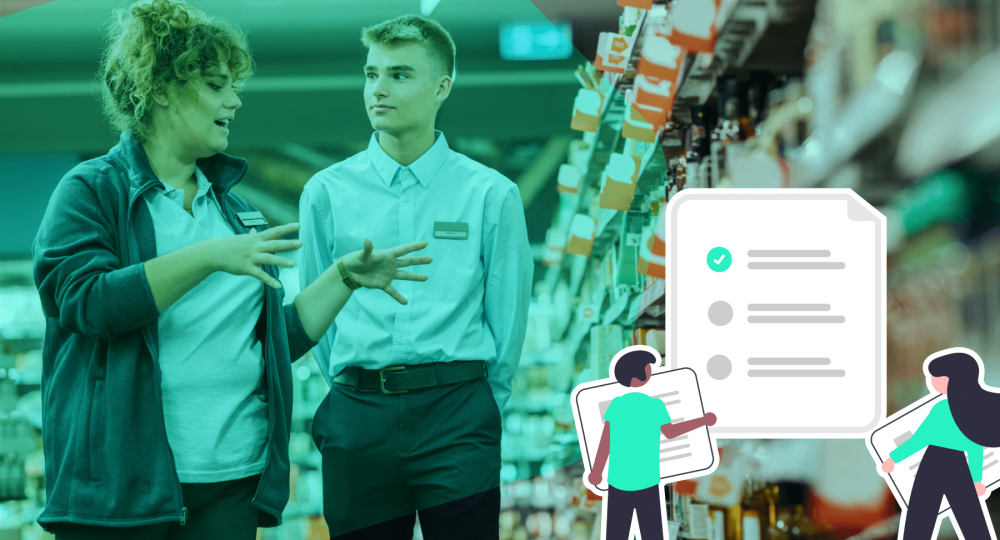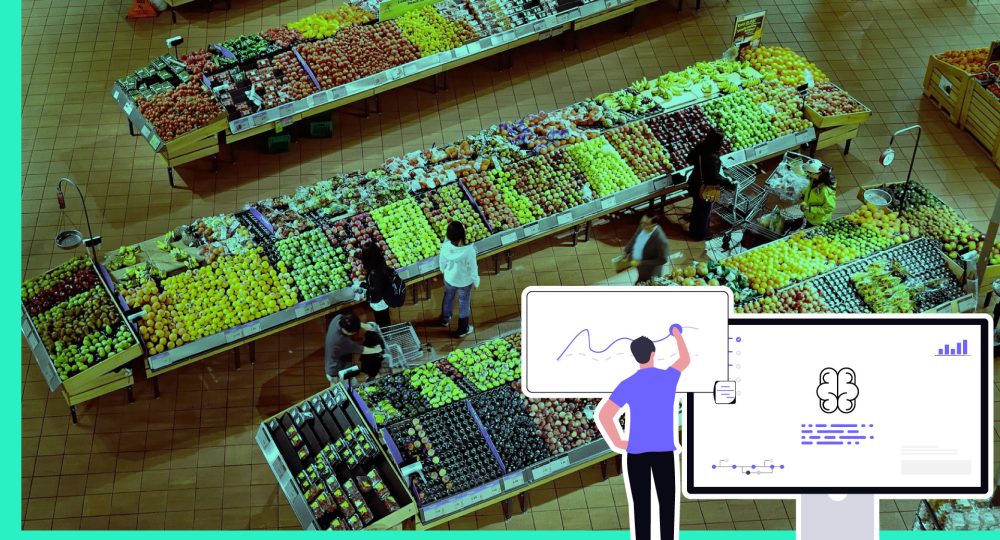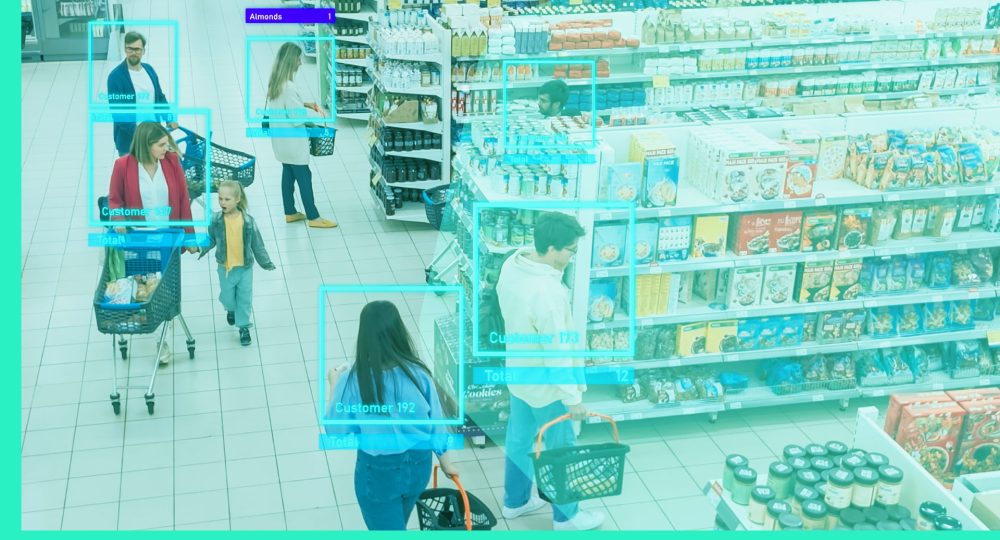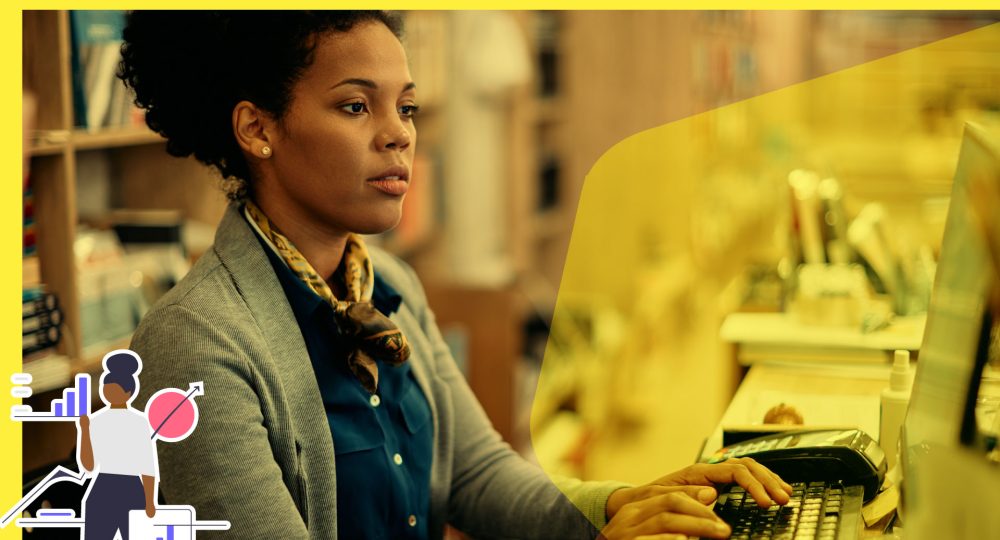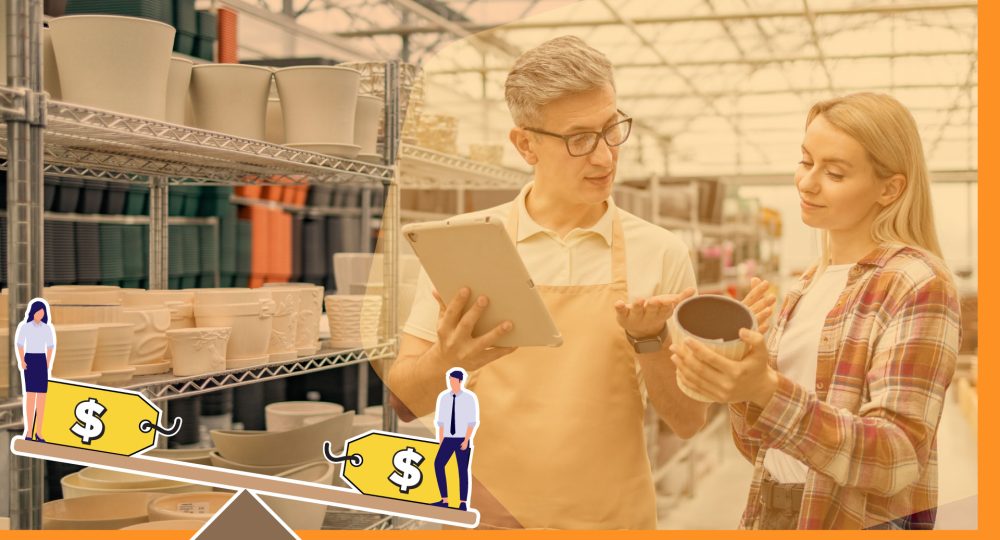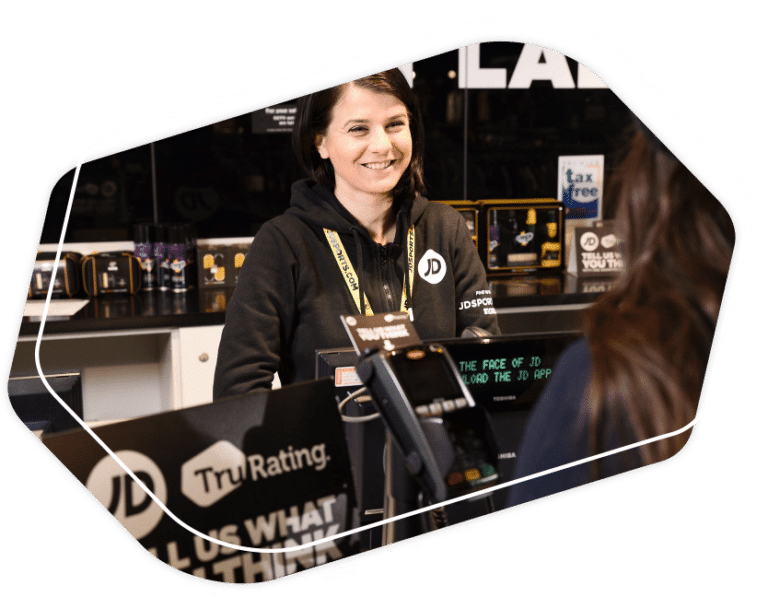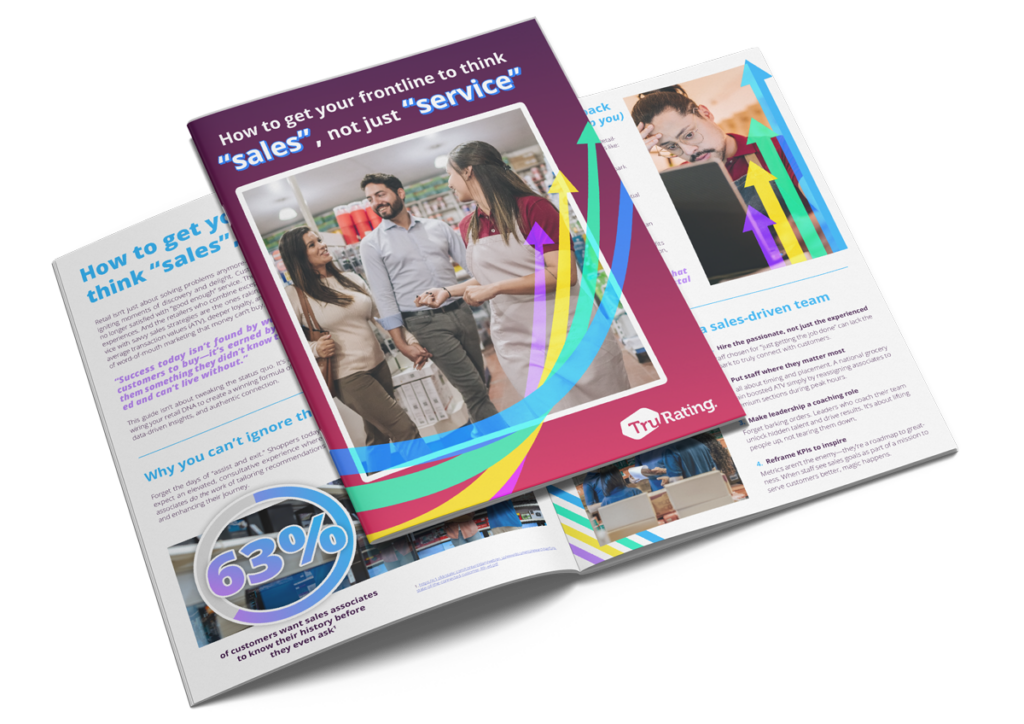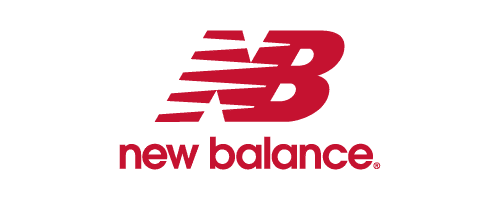Retail technology is transforming the shopping experience, with innovations that range from payment options to inventory management. But with substantial investments being made, it’s important to evaluate which technologies are delivering value. Based on our comprehensive report, here’s a closer look at six key retail technologies, their history, purpose, costs, and consumer perceptions.
Interested in digging deeper into the data? Download the full report.
1. Self-checkout: a double-edged sword
- What is it? Self-checkout kiosks allow customers to scan, bag, and pay for their items without the assistance of a cashier.
- When did retailers start using them? Self-checkout systems began appearing in the early 2000s, with widespread adoption in the past decade.
- Why are retailers using them? Retailers utilize self-checkout to reduce labor costs, increase throughput during peak times, and provide a convenient option for tech-savvy customers who prefer to handle their own transactions.
- How much does it cost? According to pricing information from KompareIt, a new self-checkout kiosk costs around $30,000, excluding ongoing maintenance costs.
- What do consumers think? Despite the high costs, self-checkout has a divided audience. While 70% of people appreciate the availability of self-checkout, a significant portion still prefers traditional cashier service. For instance, in grocery stores, 60% of shoppers favor cashiers over self-checkout.
Verdict: Worth it for reducing pressure on manned tills and catering to a tech-savvy segment, but not a one-size-fits-all solution.
2. Sustainability: the green revolution
- What is it? Sustainability in retail involves practices and technologies that minimize environmental impact, such as eco-friendly packaging, energy-efficient operations, and ethical sourcing.
- When did retailers start investing? Sustainability initiatives gained momentum in the mid-2000s as consumer awareness and environmental regulations increased.
- Why are retailers doing it? Retailers are embracing sustainability to meet consumer demand for eco-friendly products, enhance brand reputation, and comply with regulations.
- How much does it cost? Investment in sustainability varies widely. For instance, according to Deloitte, nearly three-quarters of C-suite executives have increased their investments in sustainability, reflecting its growing importance.
- What do consumers think? Sustainability resonates with consumers, with 67% indicating they are more likely to shop at stores that focus on sustainable practices.
Verdict: Worth it as sustainability is becoming a crucial factor in consumer decision-making, even amid rising living costs.
3. Inventory management: the backbone of retail
- What is it? Inventory management technology includes predictive analytics and AI-powered tools that optimize stock levels, track product locations, and streamline supply chains.
- When did retailers start investing? Advanced inventory management systems have been in use since the late 1990s, evolving with the rise of big data and AI.
- Why are retailers doing it? These technologies help retailers maintain optimal inventory levels, reduce stockouts, and improve order fulfillment.
- How much does it cost? The global inventory management software market was valued at $2.13 billion in 2023 and is projected to grow to $4.84 billion by 2032, indicating significant investment in this area.
- What do consumers think? Despite the heavy investment, 15% of grocery shoppers still report being unable to find all the items they need. This figure has remained relatively static over the past two years, highlighting the need for continuous improvement.
Verdict: Worth it, but the impact is mitigated by external factors like climate change and supply chain disruptions.
4. Chatbots: the future of customer service?
- What is it? Chatbots are AI-powered virtual assistants that interact with customers online, providing information and handling basic inquiries.
- When did retailers start investing? Chatbots have been around since the early 2010s, gaining popularity with the advent of sophisticated AI and natural language processing.
- Why are retailers doing it? Retailers use chatbots to provide 24/7 customer service, reduce operational costs, and improve response times for common queries.
- How much does it cost? Global spending on chatbot technology is expected to reach $72 billion by 2028, a significant increase driven by advancements in AI.
- What do consumers think? Despite the investment, 72% of consumers report that chatbots cannot answer most of their questions, indicating a need for improvement in AI capabilities and better integration with human support.
Verdict: Mixed. As technology improves, satisfaction may increase, but currently, chatbots are supplementary rather than standalone solutions.
5. Retail apps: overloaded or essential?
What is it? Retail apps offer a range of functionalities from product locators and personalized offers to augmented reality features and virtual fitting rooms.
- When did retailers start investing? Retail apps have been around since the late 2000s, with functionalities expanding significantly over the past decade.
- Why are retailers doing it? Apps enhance the omnichannel shopping experience, offering personalized interactions and seamless integration between online and in-store shopping.
- How much does it cost? Developing a retail app can cost anywhere from high five-figures for smaller retailers to over $1 million for major players, with ongoing maintenance costs adding up.
- What do consumers think? Only 28% of consumers have used a retailer’s app in-store. Among those, 55% find the feature to help locate items the most useful, far surpassing real-time offers (27%) and better product information (18%).
Verdict: Worth it, but retailers should focus on practical, in-demand features rather than overloading apps with advanced functionalities.
6. Personalization: the holy grail?
What is it? Personalization technology uses data analytics to tailor the shopping experience to individual preferences, from product recommendations to personalized marketing.
- When did retailers start investing? Personalization has been a focus since the early 2000s, evolving with improvements in data collection and analysis.
- Why are retailers doing it? Retailers invest in personalization to enhance customer loyalty, increase conversion rates, and provide a more engaging shopping experience.
- How much does it cost? According to industry surveys, 79% of retail businesses are investing in personalization tools, highlighting its perceived value.
- What do consumers think? There is a 50:50 split among consumers regarding the relevance of personalized offers. Additionally, only 27% find real-time personalized offers the most useful feature in an app.
Verdict: Potentially overemphasized. While personalization can enhance the shopping experience, the current impact on consumer satisfaction is limited.
The main takeaway
Our report reveals a complex landscape where the success of retail technologies varies significantly. While some technologies like self-checkout and sustainability initiatives are resonating well with consumers, others like chatbots and personalization need more refinement to meet consumer expectations effectively.
Retailers must balance their tech investments by focusing on features that genuinely enhance the shopping experience. By aligning technology with consumer needs, retailers can ensure their investments are not only worthwhile but also drive long-term customer satisfaction and loyalty.
To uncover the detailed analysis and comprehensive insights, download the full report below or learn more about our POS feedback solution and how you can measure what your customers really think about your technology.
Useful resources
- Predictive analytics in retail – examples and strategies
- Phygital in retail — bridging the gap between physical and digital CX
- The difference between multichannel and omnichannel retailing
- Retail store staff training – tips and strategies
- Webinar | Worth it or wasted? The retail tech investments connecting with consumers


